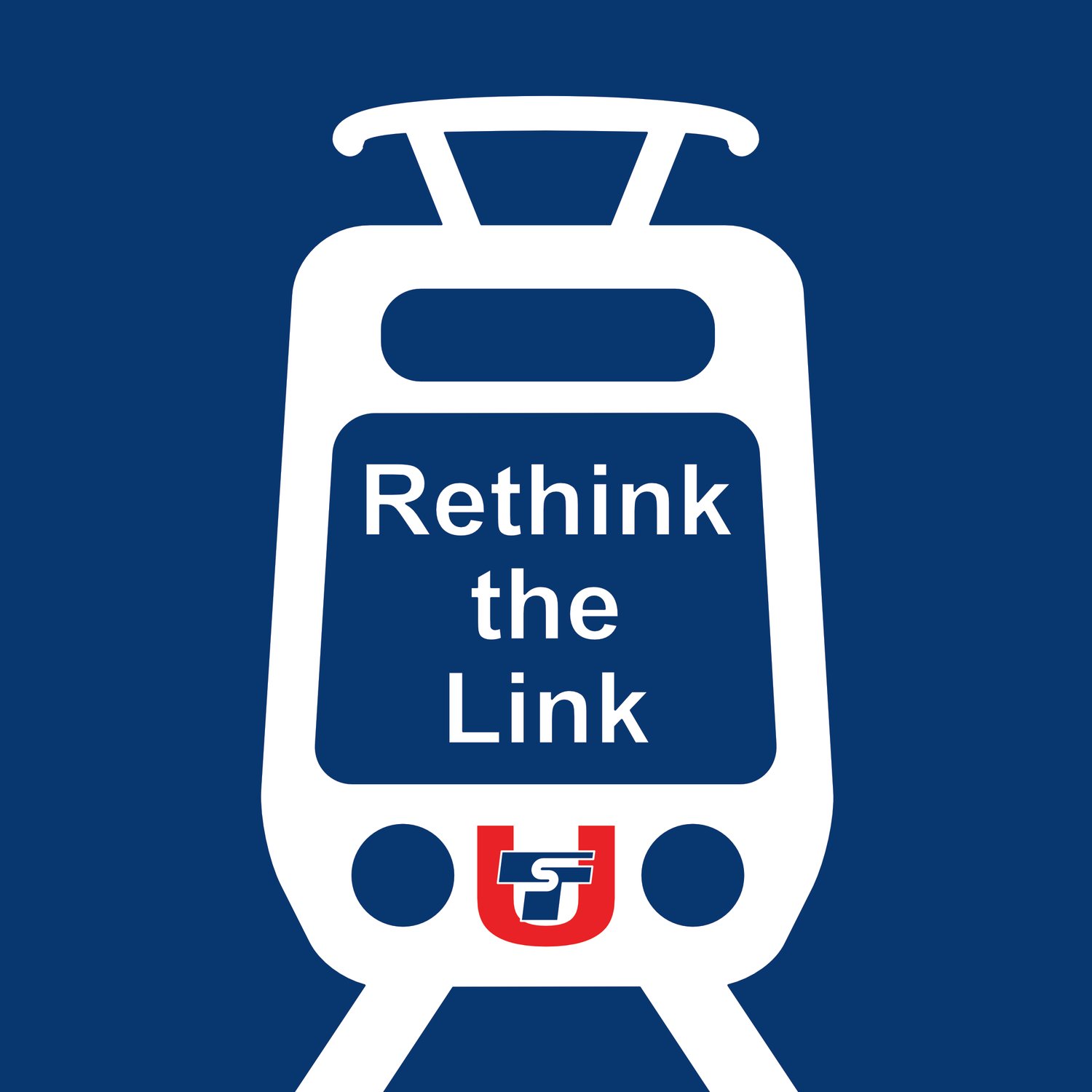Fact Sheet
THE BAD NEWS
Sound Transit cannot deliver what voters approved in 2016.
- The West Seattle extension will not open in 2030, as promised. The earliest it will open is 2032. It will be later than that if the favored tunnel option is approved.
- When it opens, it will not go downtown, nor will it go to Ballard – it will only go as far as SODO. Riders will have to transfer from there to a bus or another train to go elsewhere. Connections beyond SODO are contingent upon the construction timelines of other light rail extensions.
- The Avalon station may be eliminated to save money.
- The cost for the project has ballooned from $1.7 billion to $7+ billion (September 2024).
- Ridership estimates have dropped from 37,000 (in 2016) to 27,000 (2022).
The West Seattle Citizens Advisory Group, established by Sound Transit to offer feedback in the Draft Environmental Impact Statement (DEIS) review process, has examined the various proposed alignments, alternatives, and station placements.
There is no agreement on good options for West Seattle.
But there are many disadvantages.
- Up to 1,400 residences and businesses may be displaced.
- Irreparable damage will be done to the Pigeon Point ecosystem, threatening wildlife, including a federally protected heron rookery, and removing acres of tree canopy.
- The project also threatens Tribal Treaty protections.
- Construction will take at least 6 years, longer if the tunnel option is chosen.
- During construction, some streets will be closed. Access to the West Seattle Bridge will be limited. Existing transit services will have to be rerouted.
- Construction will have a negative impact on local businesses. Some will go out of business or be forced to relocate to survive. We saw a preview of this economic nightmare during the pandemic.
- After the project is finished, it will take 5 – 10 years for the neighborhood to rebuild, depending on economic conditions at the time.
The bottom line is that Sound Transit's proposed rail plans offer no benefit to West Seattle. We already have transit to SODO – the Metro 21 and 50 buses. The RapidRide C and H lines go downtown, and people use them every day to connect to light rail. We don't need to destroy neighborhoods to duplicate what we already have.
THE GOOD NEWS
One option included in STs DEIS has received slight attention. This is the No Build Alternative.
No Build does not mean "do nothing." It does mean maintaining and continuing to improve what we already have.
According to the DEIS, "The No Build Alternative includes projects, funding packages, and proposals in the central Puget Sound region that are planned to occur with or without the WSBLE. No Build improvements include transit, roadway, and other transportation actions by state, regional, and local agencies that are currently funded or committed, and those that are likely to be implemented based on approved and committed funding."
(You can read more about alternatives in Chapter Two of the DEIS - https://www.soundtransit.org/sites/default/files/documents/2-wsble-drafteis-chapter2-alternatives-202201.pdf.)
We propose examining how we can improve West Seattle transit if the No Build Alternative is chosen. This means all of the peninsula, not just one area that is already well served.
Who we are:
"Rethink the Link" advocates are West Seattle residents concerned about the impact Sound Transit's proposed light rail project will have on our community.
We support the No Build Alternative and seek other options which will improve transit without destroying our environment and neighborhoods.
